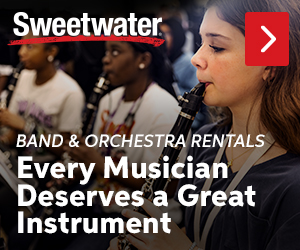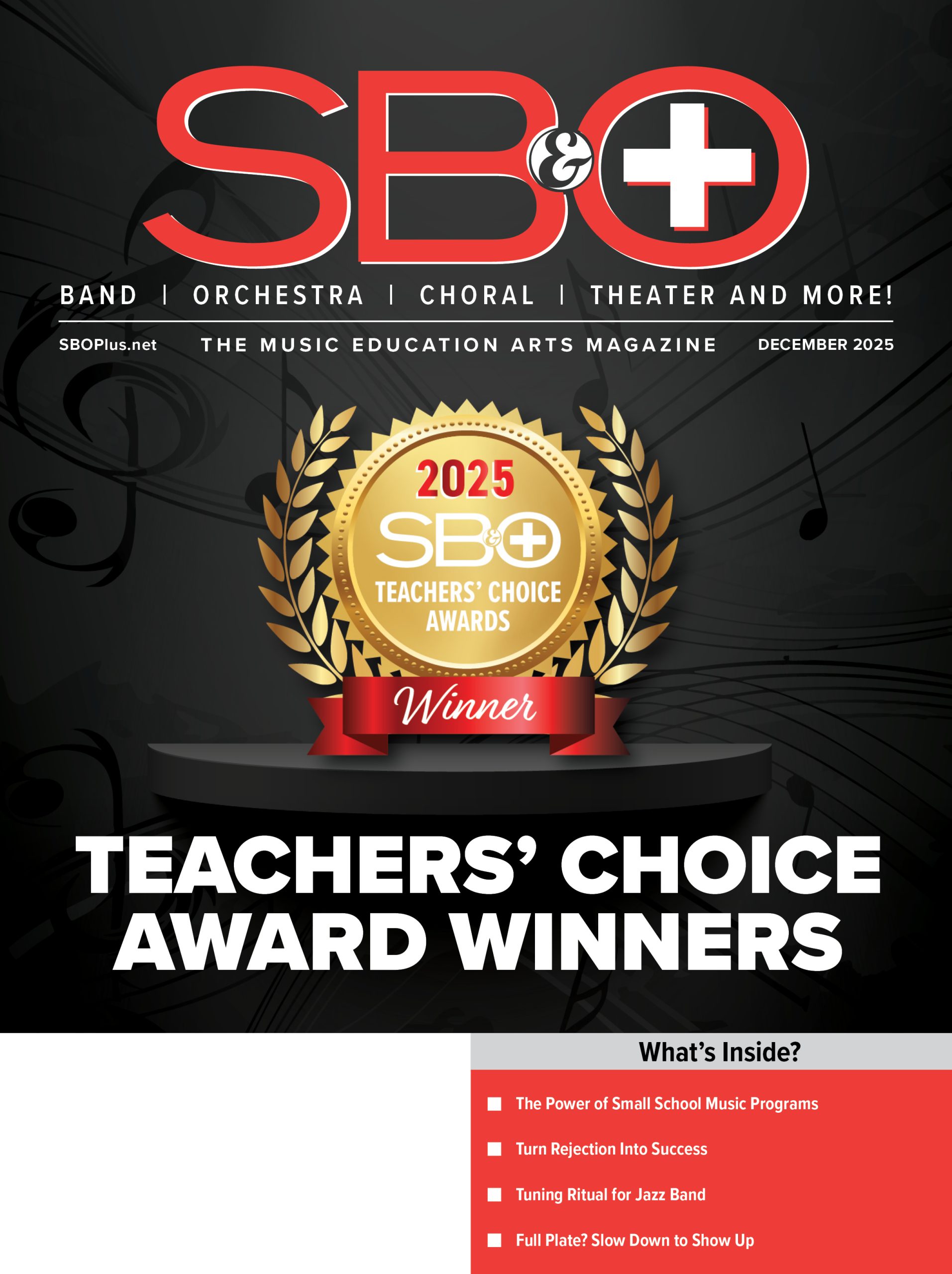 Language is one of the most important parts of any culture. It is the way people communicate with one another, build relationships, and create a sense of belonging and community.
Language is one of the most important parts of any culture. It is the way people communicate with one another, build relationships, and create a sense of belonging and community.
When it comes to learning a musical instrument, learning to read music becomes one of the key shared language skills a teacher can help a musician develop, which brings them together to share in music making. The relationship is built around all the technical aspects of counting rhythm and playing the right notes, at first, until there is little need to speak about these things anymore. Shared language is further built between a student and a teacher, as the student learns from the teacher how to express what is written on the page in similar ways—like learning to crescendo and decrescendo, to articulate as written, and to play with emotion and expressively as suggested.
In both examples the shared language created is nonverbally expressed and as the understanding grows and the connection between teacher and student becomes stronger, less is spoken, and more is felt or implied because the student now KNOWS what the teacher wants or expects.
Self-expression provides a powerful outlet for emotions. Learning to express these emotions through the shared language of reading music is powerful. A musician who can verbalize the feelings those sounds create in their face, their hands, and their breath support, and what they are hearing and feeling when they make different kinds of sounds on their own instrument can realize an even higher level of shared connection to music.
The power of learning to talk about how we perceive what we hear and feel when we play a musical instrument, and what we like in the sounds we hear and what we don’t, allows us to make real the invisible relationship we begin to have with this instrument we play but don’t ever talk directly about beyond the shared language to facilitate it.
Most wind students struggle with the vibrations they feel from the instrument and hear them differently than someone sitting in front of them. This often translates to their perception that they sound brighter or darker, play louder or softer, as an example, than they do. Without increasing our awareness of what really is being heard versus what we feel, musicians have no language skills to better express to others what they hope to hear in the future or how they might imagine improving because they are left to process all the nonverbal feelings’ they have to themselves instead of talking to their teacher about them.
It was because of this very issue I created what I call our Color Ring System, which was created to be able to talk about color and shape of sound for any woodwind, brass, or string instrument in a way that creates common shared language to connect the nonverbal world of performing and playing to the verbal world of describing those experiences in meaningful ways that allows for meaningful discussions to be had.
Learning to communicate about what sounds please us and what sounds shut down our ability to want to further listen, what we hope to hear, what we need to play better, and what motivates us when we hear it, opens more awareness for both educators and their students to grow and provides an even stronger understanding of what inspires us to play and what doesn’t. What we hear, how we hear it, and how we feel it all make a significant difference in how much we want to participate and improve.
Behind every musician’s desire to grow on a musical instrument needs to be their desire to play the instrument because they fundamentally like how it sounds when they play it enough to play more and try harder. The more a musician can effectively communicate about this topic, the more likely they are to realize their abilities at a higher level.
First comes a basic understanding, which they achieve through all the nonverbal skill building that comes from learning to read music and play with expression. Next comes the ability to evolve and change and grow their musical ideas and concepts as they learn how to speak about how they sound and how it feels to play their instrument.
To develop shared verbal skills to advance concepts of sound and music making, ask open-ended questions like:
What exactly do you like about how you sound?
What is it about the section—that piece—that we just rehearsed that makes you feel happy, sad, excited, anxious?
If you could change one thing about how you sound, what would it be?
Nonverbal shared language is key to developing basic musical skills and the ability to verbalize what we are learning as we play allows us to rise to an entirely new level of shared understanding. Be sure to help your students get comfortable with sharing in this new way. Our Color Ring System will make it easier for you to help them do it and its free to use.






















